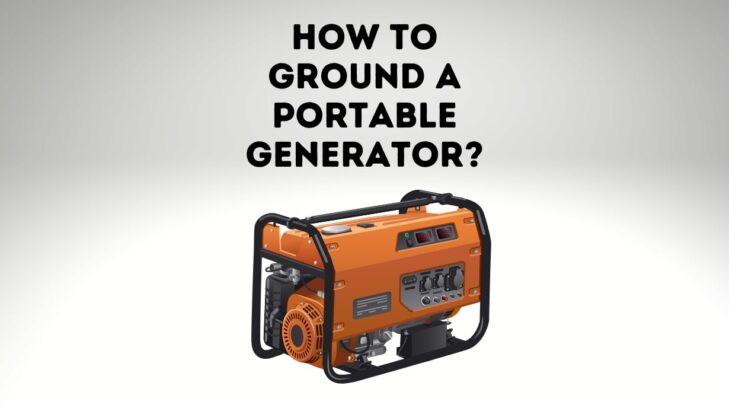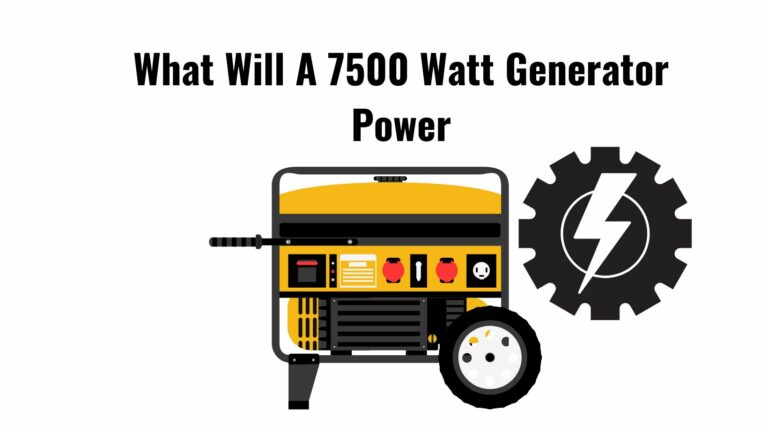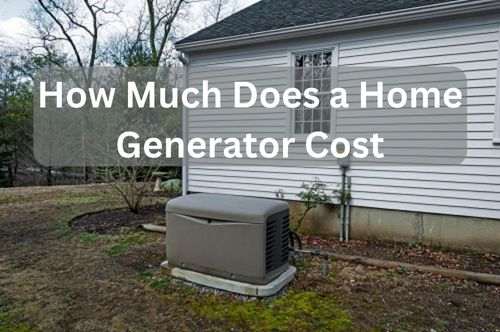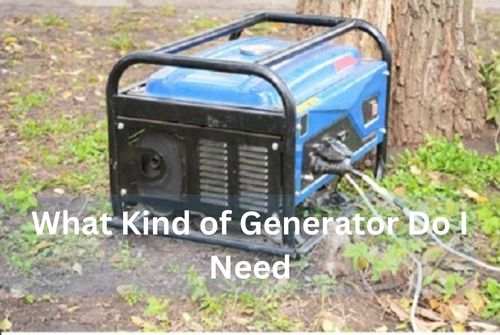
If you’ve ever been in a situation where you needed power and didn’t have access to an outlet, you may have considered using a portable generator. Portable generators are great for emergency situations or for when you need extra power for a project.
However, before you plug in your generator, it’s important to understand how to properly ground it.
Improper grounding can be dangerous and could even damage your equipment. Here we’ll explain how to ground your portable generator safely and efficiently.
Grounding A Portable Generator
It is important to ground your portable generator for several reasons. First, grounding will help reduce the risk of shock if you or someone else accidentally touches a live wire. Second, grounding will help dissipate static electricity, which can damage sensitive electronic equipment. Finally, grounding will help protect your generator from lightning strikes.
There are two main ways to ground a portable generator:
The first way is to use a ground rod. You’ll need to drive the ground rod into the ground using a hammer or other tool. Once the rod is in place, you can attach your generator to it using a copper wire. The wire should be long enough to reach from the generator to the ground rod.
The second way to ground a portable generator is by bonding it to an existing grounded structure, such as a building or a fence.
To do this, you’ll need to attach a copper wire to the generator and to the ground point on the structure. The wire should be long enough to reach from the generator to the ground point.
Steps to ground a generator:
- Choose an appropriate location for the generator. The generator should be located in a well-ventilated area
- Place the generator on a level surface
- If using a ground rod, drive the rod into the ground with a hammer or other tool
- If bonding to an existing structure, identify a suitable ground point on the structure
- Attach a copper wire to the generator and to the ground rod or ground point
- Make sure the wire is long enough to reach from the generator to the ground rod or ground point
- Connect the generator to the ground rod or ground point
- Test the connection by plugging in a lamp or other device
- If the connection is not working, check the wire for breaks or damage
- Once the connection is working, you can start using your generator
When using a portable generator, it’s important to follow all safety precautions. Grounding your generator is one of the most important safety measures you can take. By following the steps above, you can help ensure that your generator is safely and correctly grounded.
FAQs
How often should I ground my portable generator?
It’s a good idea to ground your generator at least once a year. This will help ensure that the connection is still secure and working properly.
Can I ground my generator to a water line?
No, you should not ground your generator to a water line. Water lines are not considered an adequate ground point.
Can I use a metal stake instead of a ground rod?
No, you should not use a metal stake instead of a ground rod. Metal stakes are not as effective as ground rods and could be dangerous.
What is the difference between grounding and bonding?
Bonding is the process of connecting two or more conductive objects together. Grounding is the process of connecting a conductive object to the earth.
In the context of portable generators, bonding is used to connect the generator to an existing grounded structure, such as a building or a fence.
Grounding is used to connect the generator to a ground rod, which is driven into the ground.
Should You Ground a Portable Generator?
It is important to ground your portable generator for several reasons. First, grounding will help reduce the risk of shock if you or someone else accidentally touches a live wire. Second, grounding will help dissipate static electricity, which can damage sensitive electronic equipment. Finally, grounding will help protect your generator from lightning strikes.
Conclusion
Portable generators are a great addition to any home in the event of an emergency, but it’s important to take some precautions and follow some basic safety guidelines to keep everyone safe.
By following these simple tips, you can ensure that your portable generator will be a valuable asset in an emergency situation. Have you ever used a portable generator? What tips would you add?






